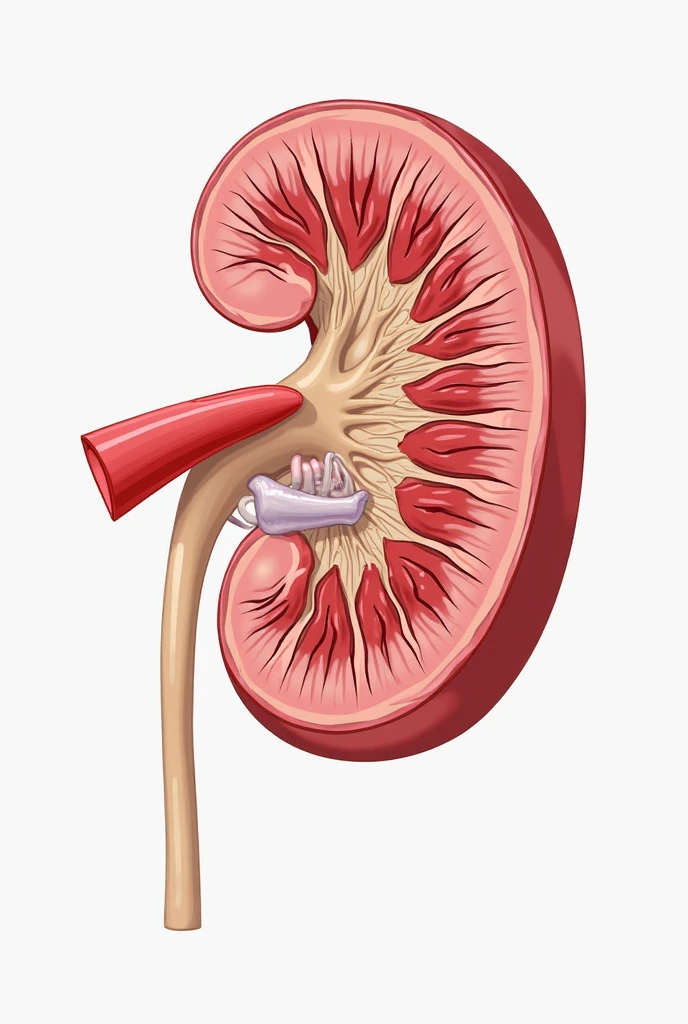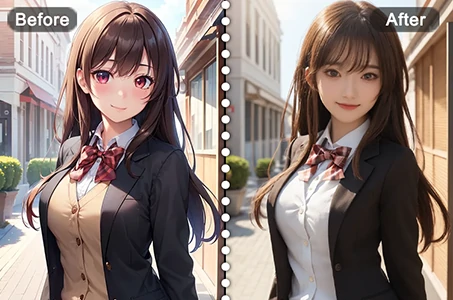Percutaneous nephrolithotomy (PCNL) is a minimally invasive surgical procedure u

Generation Data
Records
Prompts
Copy
Percutaneous nephrolithotomy (PCNL) is a minimally invasive surgical procedure used to remove large kidney stones
.
Here’s a general outline of the procedure:
### Preoperative Preparation:
1
.
**Evaluation**:
- Comprehensive assessment through imaging (CT scan
,
X-ray
,
ultrasound) to determine the size
,
location
,
and type of kidney stone
.
- Blood tests and urine analysis to check kidney function and infection
.
- The patient is typically advised to fast for several hours before the surgery
.
2
.
**Anesthesia**:
- The procedure is performed under general anesthesia
,
though regional anesthesia may be used in some cases
.
### Procedure Steps:
1
.
**Positioning**:
- The patient is placed in a prone position (lying on the stomach)
,
although the supine position (lying on the back) may be used in some cases
.
2
.
**Access to the Kidney**:
- A small incision (about 1 cm) is made in the skin
,
usually in the flank area (side of the abdomen)
.
- A needle is inserted through the incision into the kidney under fluoroscopic or ultrasound guidance
.
- A guidewire is passed through the needle into the kidney's collecting system
.
3
.
**Dilation of the Tract**:
- The tract created by the guidewire is dilated using dilators
,
allowing the passage of a nephroscope
.
- A sheath is inserted over the guidewire to maintain access and protect surrounding tissues
.
4
.
**Stone Removal**:
- The nephroscope is inserted through the sheath to visualize the stone
.
- The stone is broken up into smaller pieces using ultrasonic
,
laser
,
or pneumatic lithotripsy devices
.
- Stone fragments are removed using graspers or suction
.
5
.
**Post-Removal Assessment**:
- The surgeon checks for any remaining stone fragments and ensures that the collecting system is clear
.
6
.
**Placement of a Nephrostomy Tube**:
- A nephrostomy tube (a drainage tube) may be left in place to ensure proper drainage of urine and any residual stone fragments from the kidney
.
- In some cases
,
a
INFO
Checkpoint & LoRA

Checkpoint
SeaArt Infinity
#SeaArt Infinity
0 comment
1
0
0









